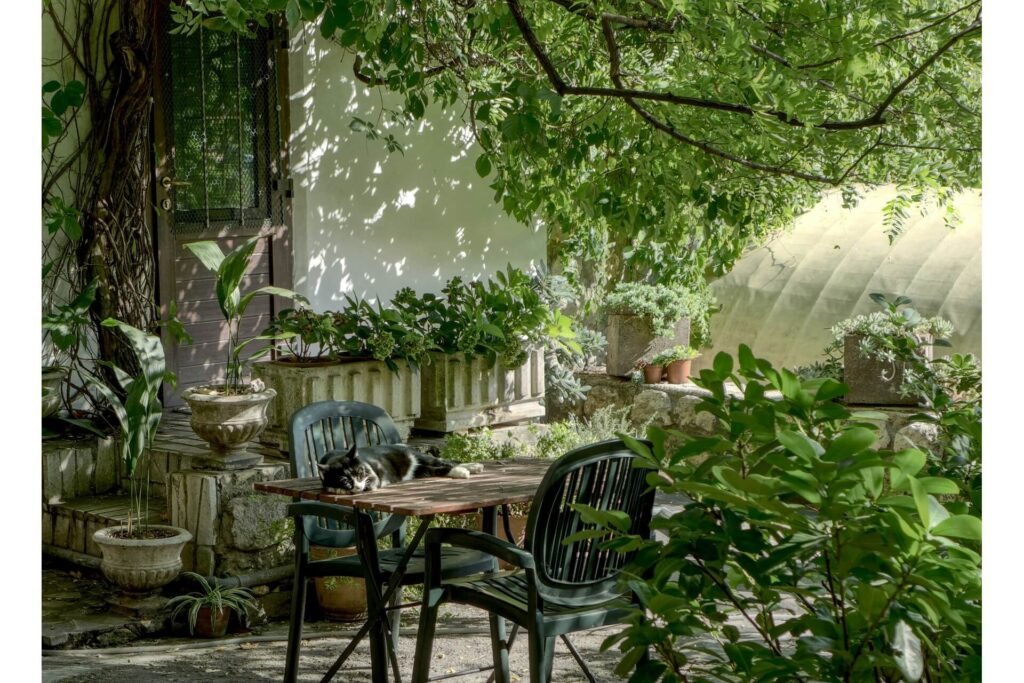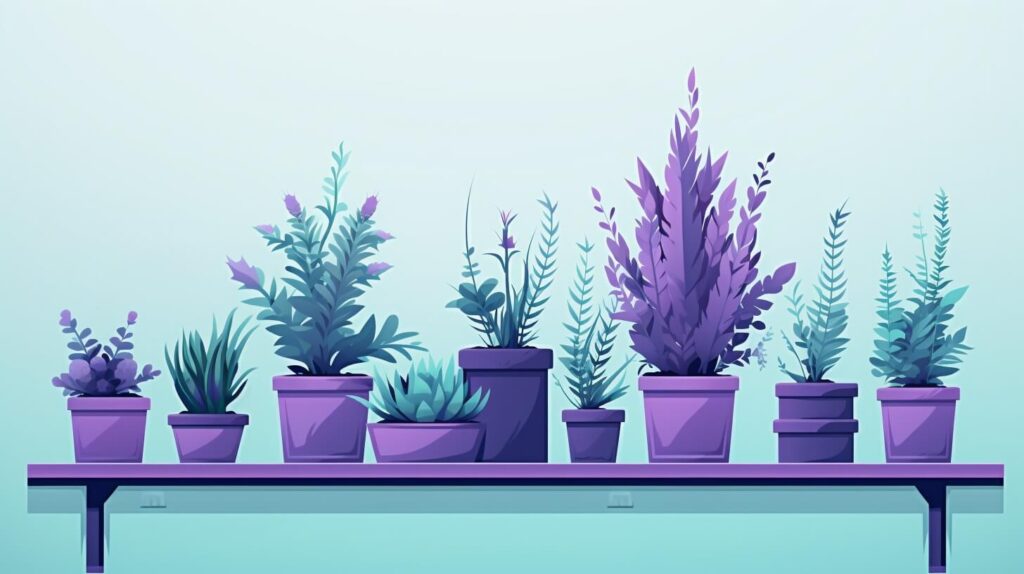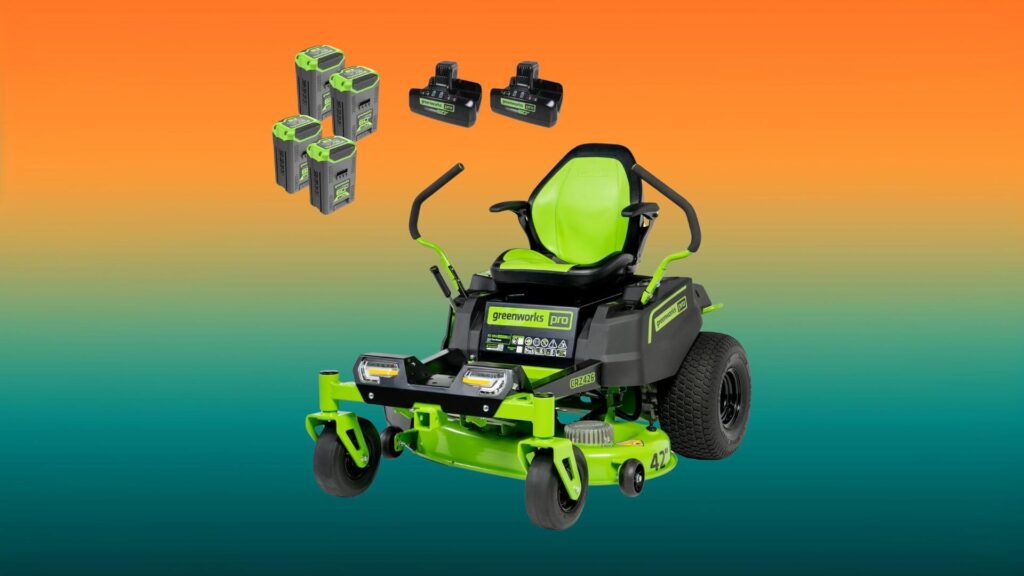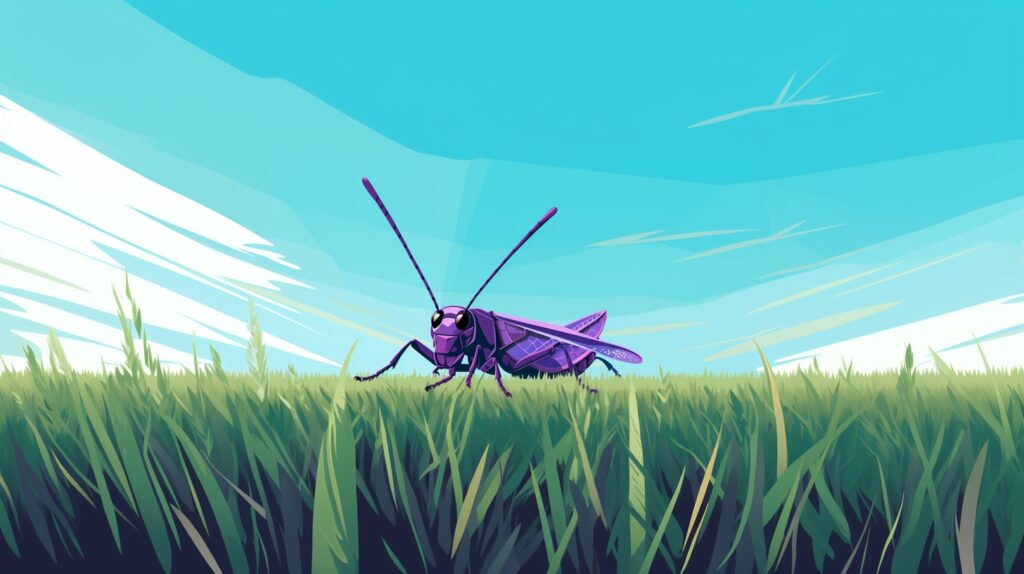Edible Landscaping: Transform Your Garden into a Delicious Paradise
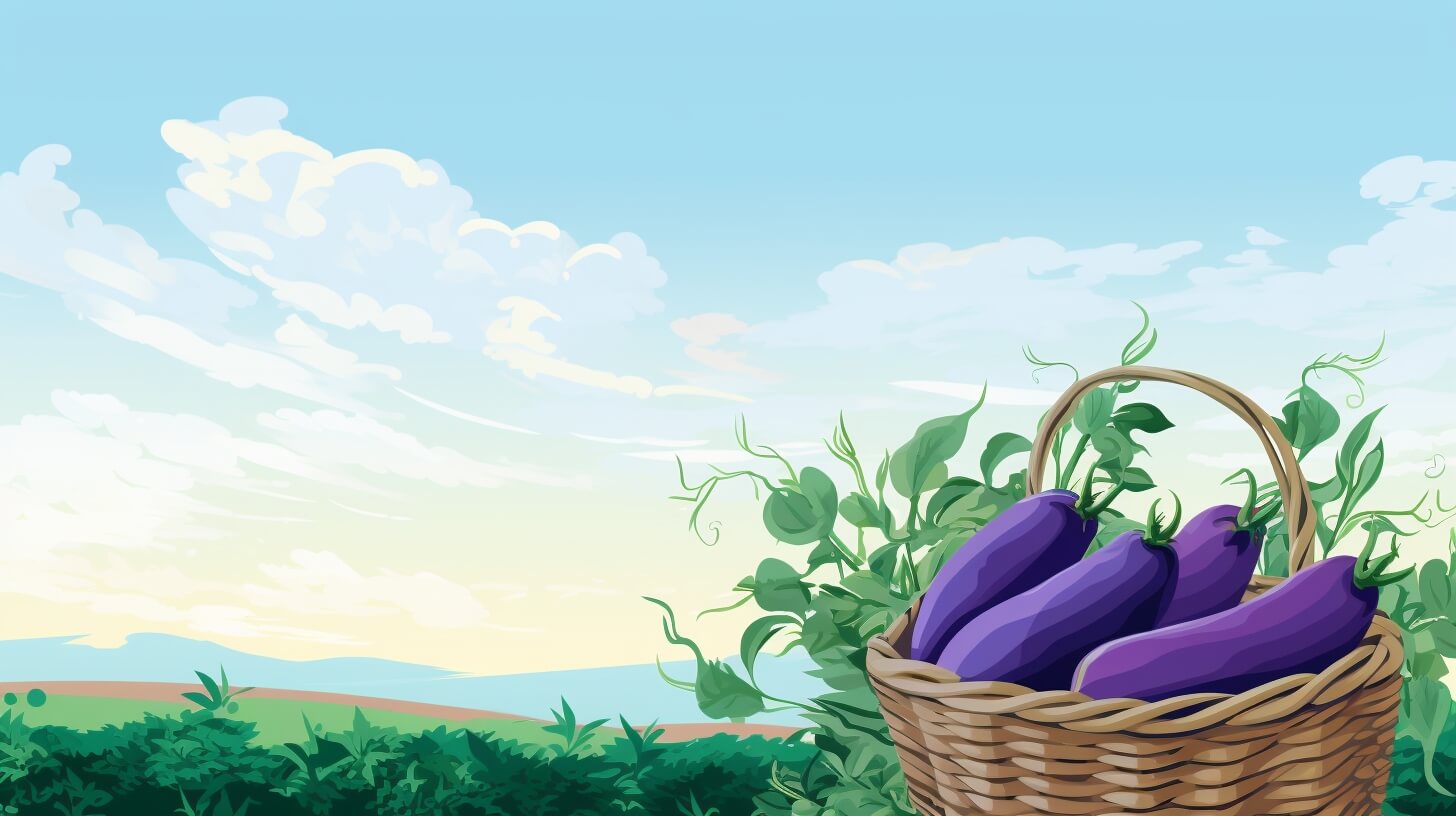
We are reader-supported. When you buy through links on our site, we may earn an affiliate commission.
Imagine stepping into your backyard and picking fresh berries for breakfast. Or snipping herbs for dinner right outside your kitchen door. That’s the magic of edible landscaping — it turns your garden into a space that’s both beautiful and delicious.
What Is Edible Landscaping?
Instead of purely ornamental plants, edible landscape design incorporates fruit trees, vegetables, herbs and edible flowers. This results in a garden that’s stunning to look at and provides homegrown food at the same time.
Unlike traditional gardening, where food crops are often kept in separate vegetable beds, edible landscaping blends them seamlessly into your outdoor space. You can mix colorful lettuce varieties with petunias, plant apple or pear trees instead of standard shade trees or let grapevines climb a trellis for a natural, edible privacy screen.
This is a practical and sustainable approach to gardening. By growing your own food, you reduce reliance on store-bought produce, cut down on packaging waste and create a healthier environment.
A well-planned edible landscape can even attract beneficial pollinators like bees and butterflies, making your garden more vibrant and productive. Plus, it’s an excellent way to reconnect with nature, enjoy fresh flavors and turn everyday gardening into a rewarding experience.
How to Start Your Edible Landscape
Starting an edible landscape doesn’t mean overhauling your entire yard. You can begin small by replacing decorative shrubs with berry bushes like blueberries or currants. Instead of traditional ground covers, consider creeping thyme or strawberries, which spread beautifully while providing fresh ingredients for your meals.
You can line the pathways with chives, lavender or rosemary, adding fragrance and flavor to your space. If you enjoy flowers, mix them with vegetables — marigolds deter pests. Additionally, lettuce or kale are easy to grow and add vibrant greenery to your beds.
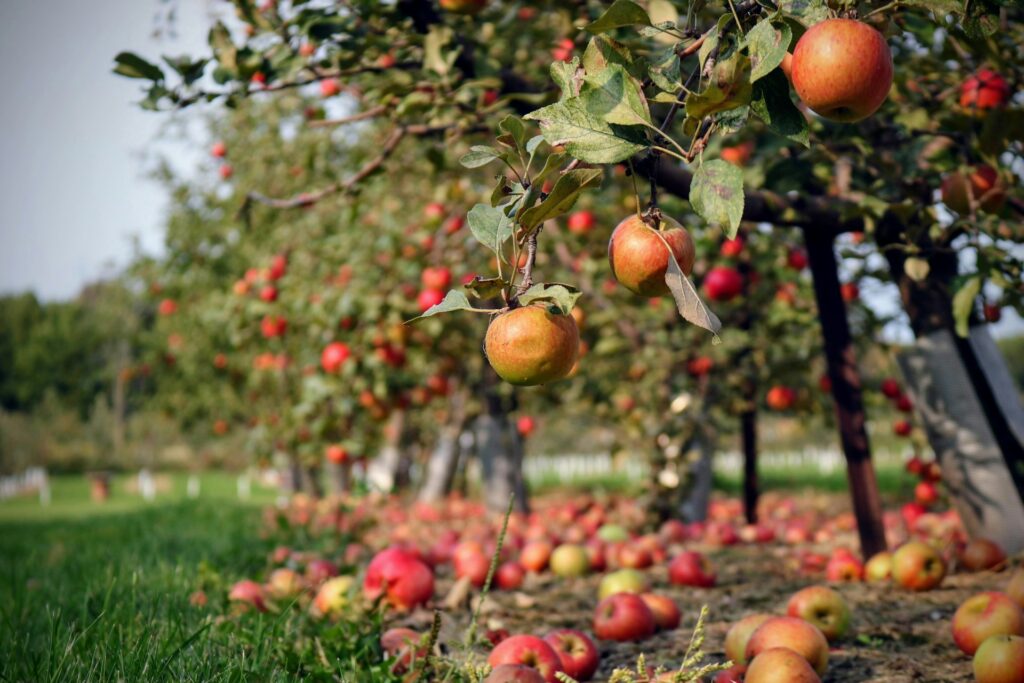
Choosing the Right Edible Landscape Plants
Some plants work better than others, depending on your climate and space. Consider these factors when making your final choices:
- Perennial vs. annual plants: Perennials like asparagus, rhubarb and berry bushes return each year, while annuals such as tomatoes and peppers need to be replanted. A mic of both keeps your garden productive year-round.
- Fruit trees and shrubs: Apple, pear and citrus trees provide shade and a steady harvest, while berry buses like blueberries and raspberries make excellent borders.
- Edible flowers: Nastriums, violets and calendula add color while also being useful in salads and teas.
- Ground covers and vines: Strawberries make a great ground cover, while grapevines or kiwi can climb trellises, saving space and adding vertical interest.
- Herbs for function and flavor: Rosemary, thyme, basil and mint enhance your meals and repel pests and attract pollinators.
- Nut-bearing trees: If you have space, consider hazelnuts, almonds or walnuts for a long-term food source.
Edible Landscaping Ideas for Any Yard
There are endless ways to incorporate edible landscaping ideas into your outdoor space. Vertical gardening is a great option if you’re short on space — climbing beans, zucchini or cucumbers can grow on trellises or fences. Food-producing hedges, such as raspberries or hazelnuts, can double as natural fences while providing a tasty harvest.
If you have limited space, potted edible plants allow you to grow herbs, tomatoes or strawberries on patios or balconies. You can even use wet areas in your yard for growing water-loving edibles like cranberries or watercress.
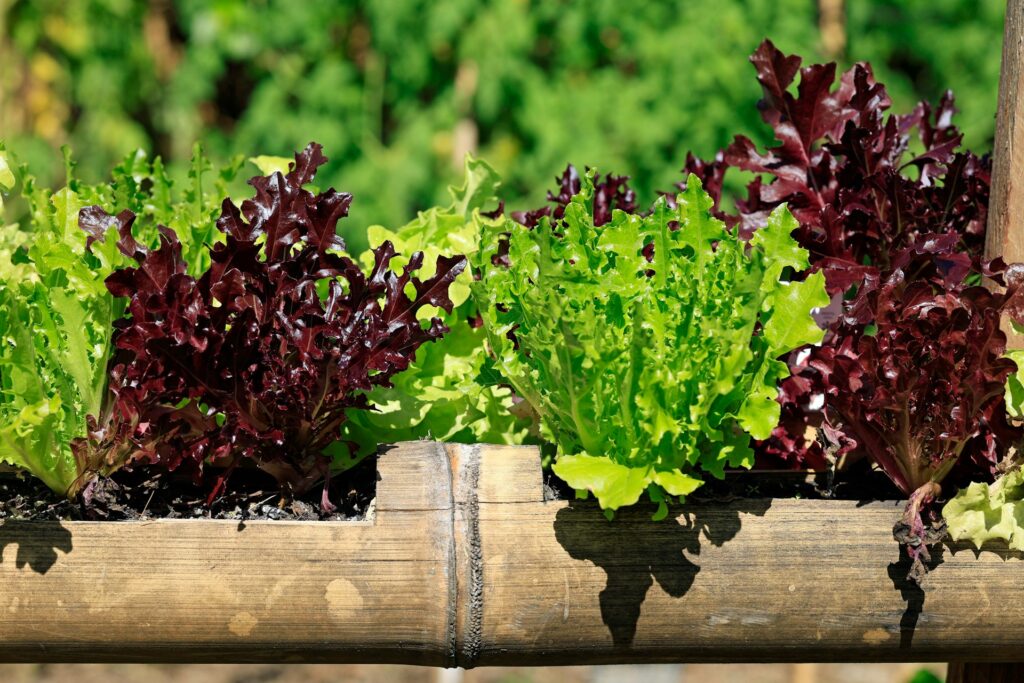
Maintaining Your Edible Garden
A thriving edible landscape requires regular care, but with the right routine, it can be manageable and enjoyable. Start by keeping your soil healthy — adding compost or organic mulch provides essential nutrients and helps retain moisture. Watering is crucial, especially during dry spells, but be mindful not to overwater. Drip irrigation systems can be a great way to keep plants hydrated efficiently.
Weeds can compete with your plants for nutrients, so regular weeding is essential. Consider using ground covers like clover or low-growing herbs to suppress unwanted growth. Pests and diseases are another challenge, but instead of chemical pesticides, opt for natural solutions like companion planting. For example, fennel and mint repel mosquitoes, making them perfect for deterring pests and adding flavoring to your food. Pruning fruit trees and trimming overgrown plants will keep your garden tidy.
Harvesting regularly is key to keeping your plants healthy and encouraging new growth. The more you pick leafy greens, herbs and fruit, the more your plants will produce. Remember to rotate crops each season to prevent soil depletion and maintain a balanced ecosystem.
Edible Landscaping Books for a Successful Yard
If you’re ready to take your edible landscape design to the next level, these edible landscaping books offer expert advice and inspiration.
Edible Landscaping with a Permaculture Twist by Michael Judd
This book takes a fun and practical approach to edible gardening, incorporating permaculture principles to create sustainable, low-maintenance landscapes filled with fruits, nuts and herbs. It also includes easy-to-follow guides on rainwater harvesting and mushroom cultivation, making it a valuable resource for gardeners of all levels.
The Beautiful Edible Garden by Leslie Bennett and Stefani Bittner
A great choice if you want a garden that looks as good as it tastes, this book blends ornamental design with edible plants to create stunning yet functional outdoor spaces. The authors provide step-by-step instructions on designing an aesthetically pleasing edible landscape without sacrificing productivity.
Gaia’s Garden: A Guide to Home-Scale Permaculture by Toby Hemenway
This book dives deep into the science of sustainable gardening, showing you how to design a self-sustaining edible ecosystem in your backyard. It’s packed with real-life examples, illustrations and practical tips on soil health, water conservation and plant-diversity.
Edible Landscaping by Rosalind Creasy
Considered one of the most comprehensive guides on the subject, this book covers everything from planning and plant selection to design and maintenance, with plenty of beautiful photos for inspiration. Creasy, a pioneer in edible landscaping, offers decades of expertise and showcases gardens that blend beauty and function seamlessly.
Edible Forest Gardens (2 volume set) by Dave Jacke and Eric Toensmeier
If you want to transform your landscape into a lush food forest, this book provides in-depth knowledge of multi-layered edible plant systems that mimic natural ecosystems. The book is divided into two volumes, with one focusing on ecological principles and the other on hands-on design techniques.
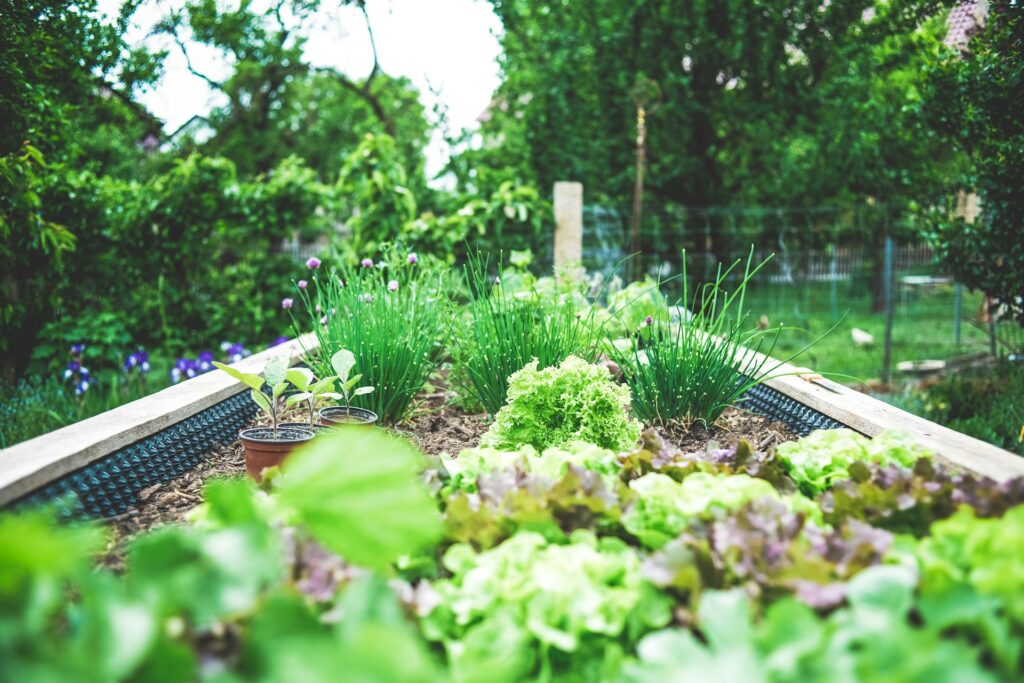
Start Your Edible Landscaping Journey
Transforming your garden into a thriving edible landscape is a rewarding journey. With the right planning, plant selection and maintenance, your outdoor space can become a beautiful, food-producing paradise. Whether you incorporate fruit trees, herbs or seasonal vegetables, every addition brings you closer to a sustainable and delicious garden.
